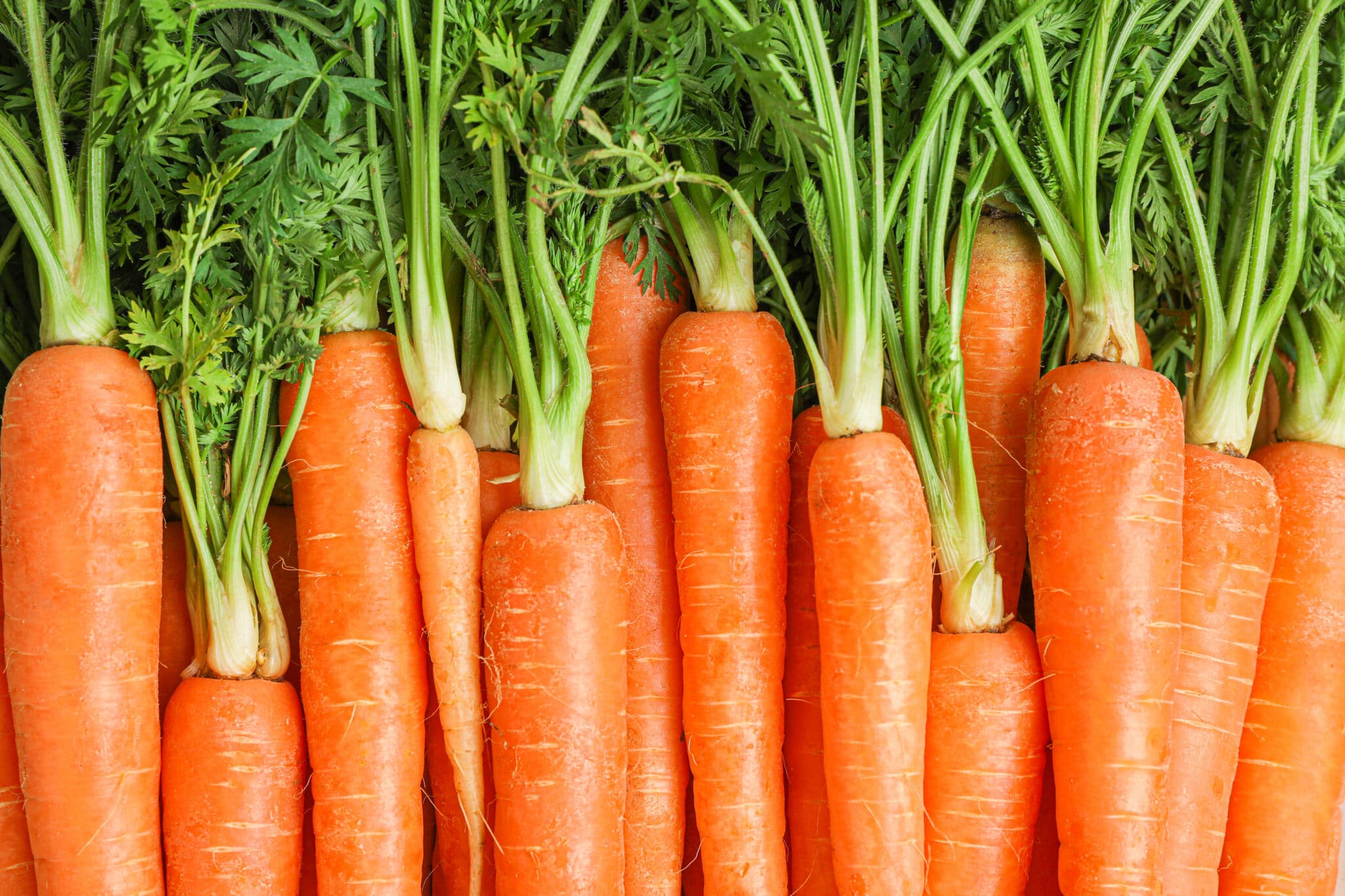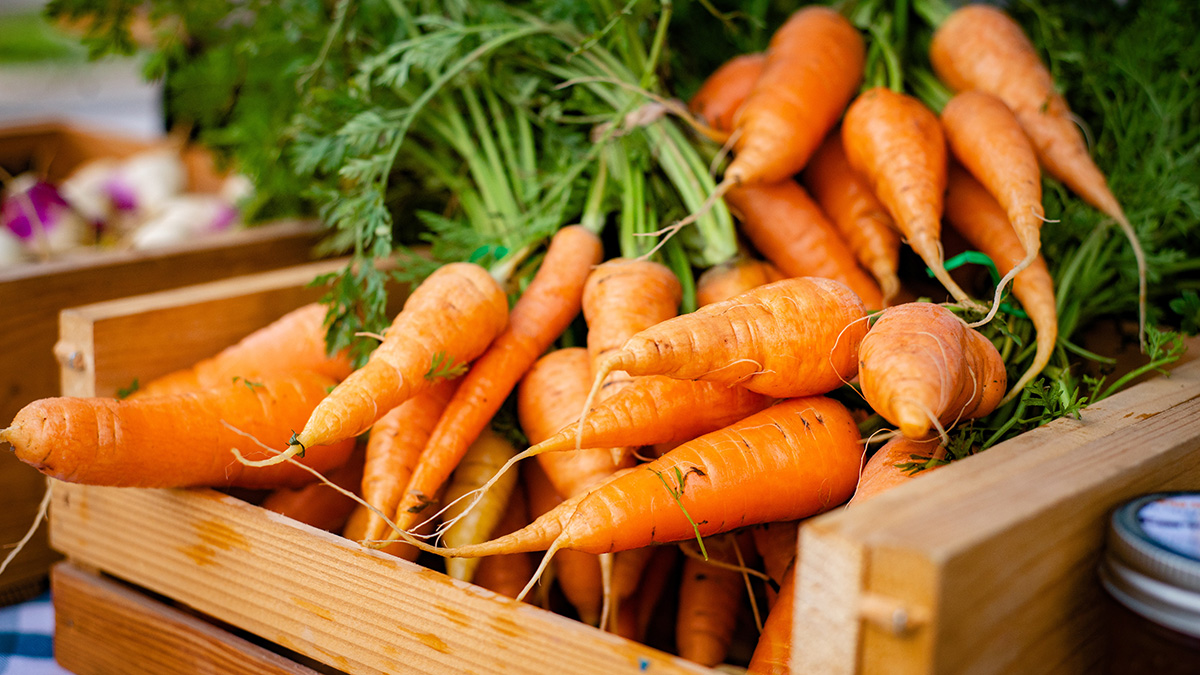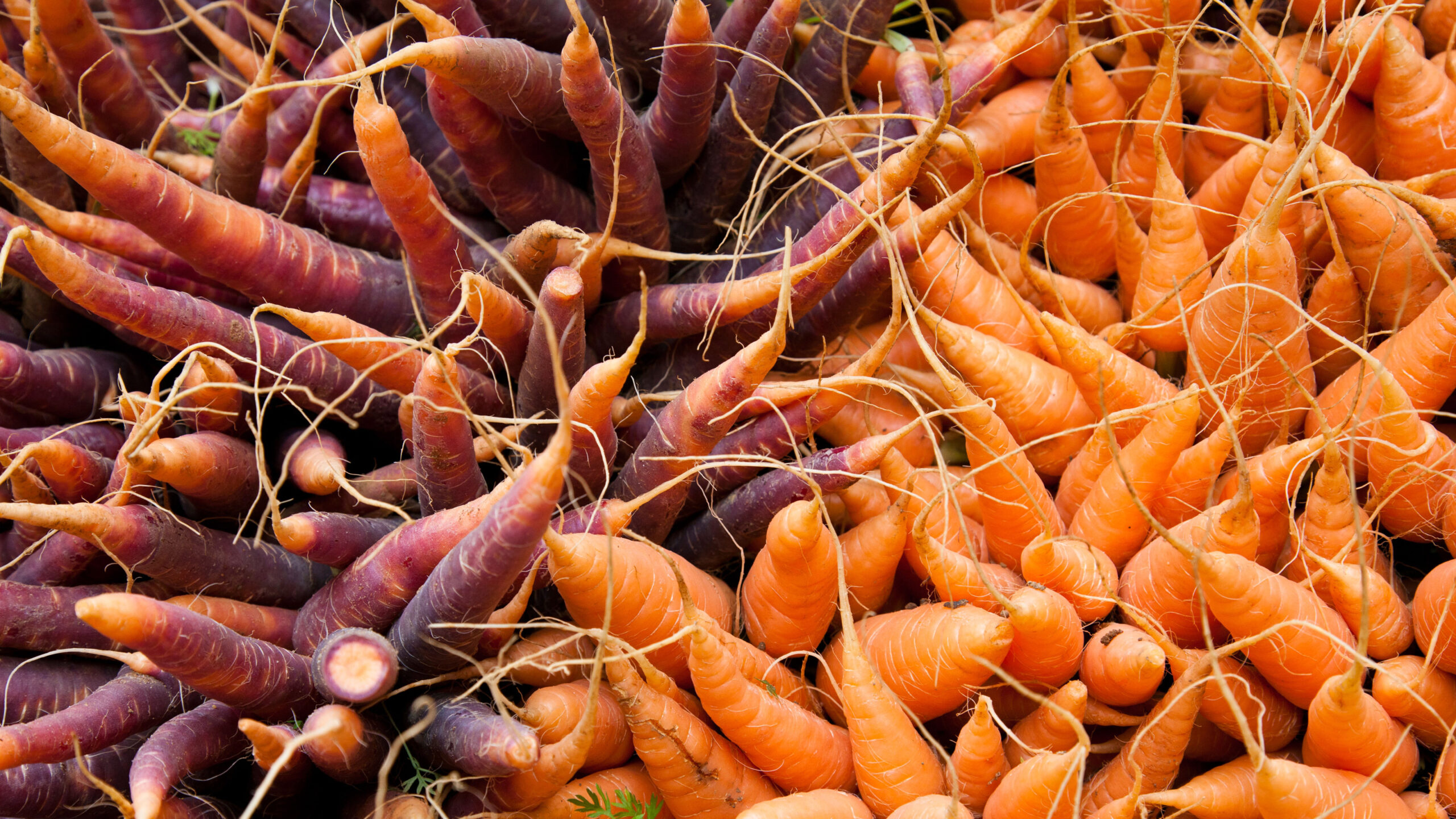Growing Carrots Grow A Rainbow Of Vegetables

If you are looking for an easy-to-grow fall crop, growing carrots can be the right choice. These root vegetables can be sown in early September for a November harvest in most milder climates, and another harvest has begun in early spring!
Long considered the favorite food of rabbits for their representation in cartoons, carrots are rich in beta-carotene and vitamin A, as well as a multitude of other essential nutrients we need to survive. Ironically, rabbits in the wild often do not eat carrots because they are also rich in natural sugars!
But we certainly love our roots. Whether harvested when they are young and tender or when they reach their maximum size, carrots are a great addition to a healthy diet, and with the right soil and care, they are easy to grow in the garden.
In addition, what could be better than demanding your children to eat the carrots they planted themselves? This is a win-win vegetable and a must-grow! Even if you are relegated to small spaces, some of these varieties grow just as well in containers such as Root bags or air pots stored in our store.
Let’s discuss all the facts that you need to know in order to get an excellent root crop this year and in the coming years. You’ll love the taste of your own homegrown produce, making it a perfect entry-level crop for most novice gardeners.
When selecting a root plant to grow, you will find that the real difficulty is deciding which variety you want. All edible carrots are of the same species, Daucus carota subsp. sativus, and have been cultivated over the centuries to reduce the natural bitterness of wild carrot root.
Originally, most carrots did not have the familiar orange hue that we know and love today. White, yellow, red and even purple carrots have been around longer than oranges. However, oranges are often among the sweetest varieties and are often grown commercially.

Some varieties are intended for planting in open ground. Planting carrots in pots is also popular, and this is often done with Chantenay or ball carrots!
Although greens are technically edible, they are often ignored in favor of other greens. They have a characteristic slightly bitter taste and this is something you have to get used to before it tastes “good”.
Planting Carrots
The process of growing carrots is actually quite simple. Let’s discuss some tips for growing carrots by discussing how to plant carrots from seeds, and then we will delve into the more esoteric questions after.
When Planting Roots
It takes about 12 weeks for most Root varieties to mature, but most gardeners can get two harvests a year: one in spring and one in autumn.
Before planting, consider how long the weather will be optimal for growing carrots. If the soil is too cold, they will slow their growth and retain their natural sugars to support the plant during the winter months. In addition, Frost is a real peril for root vegetables.
The heat is just as difficult, because temperatures that are too hot can cause you to sow roots in a frantic attempt to spread. As soon as the stem of the seed begins to rise, the root of the root will be unpleasant and Woody.
Aim for planting in early spring after the peril of Frost has passed, or early fall before colder temperatures begin. In regions where summer does not regularly exceed 85 degrees, you can grow roots throughout the spring and summer months by planting every 2 weeks.
Where To Plant Carrots
Roots need loose soil to form beautiful straight roots. Compacted soils or soils with a high clay composition are often difficult to cultivate simply because the roots disfigure during the growth process. Sandy and loamy soil is best. Avoid rocky soils.
Since roots can grow up to 10 to 12 inches long, you should loosen and aerate the soil about a foot deep for optimal growth. If you grow in a raised bed, this can be very easy to do, but if you grow in the ground, be sure to plow or break it as needed.
More sandy soils tend to grow more easily simply because they are well drained and easy for the roots to penetrate. However, any good potting soil will work quite well, provided there are no stones.

You want a nice, sunny spot, because the root tops need full sun as soon as they are older than 3 to 4 inches in height. For this, partial shade is good to allow the young buds to develop and strengthen.
If you grow carrots in pots, make sure they are deep. A planter at least 14 ” deep and a foot wide (the length you want) is a great way to get a single row of roots. A two-foot wide planter will give you two rows of roots at least a foot apart.
How To Plant Carrots
Make rows at least 1 to 2 feet apart and plant seeds half an inch deep, 1 to 2 inches apart. Once the root Tops Reach 4″ in height, they thin out to 2″ apart, leaving the strongest plants intact. You may find out that you have tender carrots to eat while slimming!
Each foot of row space provides about a pound of mature carrots during harvest time. If you want to stagger the plantings to harvest continuously throughout the spring and summer months, plant a new section in the root garden every two weeks.
Be sure to religiously eliminate any weed growth, especially when your plants are small. Weeds will steal the nutrients your roots need to grow and compete with the roots for space. Although they can tolerate some weeding if they are larger, it is always better to prevent the growth of weeds.
Sun

When your roots are seedlings (less than 4″ tall), thin root tops are less tolerant of heat and direct sunlight. During this period, provide a shade fabric that allows sunlight to pass through, but reduces its intensity. the 50% shading fabric is perfect.
Once they reach 4″ or more, they slowly get used to full sun conditions. They will happily thrive in 6 to 8 hours of sunshine once the greens are established.
Temperature
The ideal temperature range for growing carrots is between 60 and 75 degrees Fahrenheit. However, once established, they can endure conditions until almost the 90s. much hotter than that and they will start to bolt to the seeds, making the roots taste bitter and unpleasant.
If you plan to grow carrots in the spring, you need to be able to maintain optimal temperature conditions for much of this season. Once the summer months begin to warm up, it may be best to provide a little light shade during the hottest part of the day to keep them cool.
Ground
The most important part of growing carrots is making sure you have the right soil.
If your soil is too rich, Your Roots will tend to split or develop hairy roots. Although they still taste good, they will look very strange and they can be very difficult to peel if you plan to peel them.
Ideally, your soil will be a sandy loam, well drained but able to hold enough water to support your plants, loose and well ventilated before planting. Keep the pH around 6.0-6.8 for the sweetest carrots, although they can grow in conditions ranging from 5.5 to 7.5.
Fertilization
Spread
Carrots are grown from seeds, and this is the only way to successfully obtain products. Although it is possible to grow Root leaves back from a segment cut off from the top of the root, the main root (the root itself) will not grow back.
When a root seedling grows in hot weather, you can allow the top seeds to develop and dry out. You can then harvest the small seeds in the pods as soon as they have formed. However, it is often much easier to simply buy carrot seeds of reliable varieties, as they germinate well.
